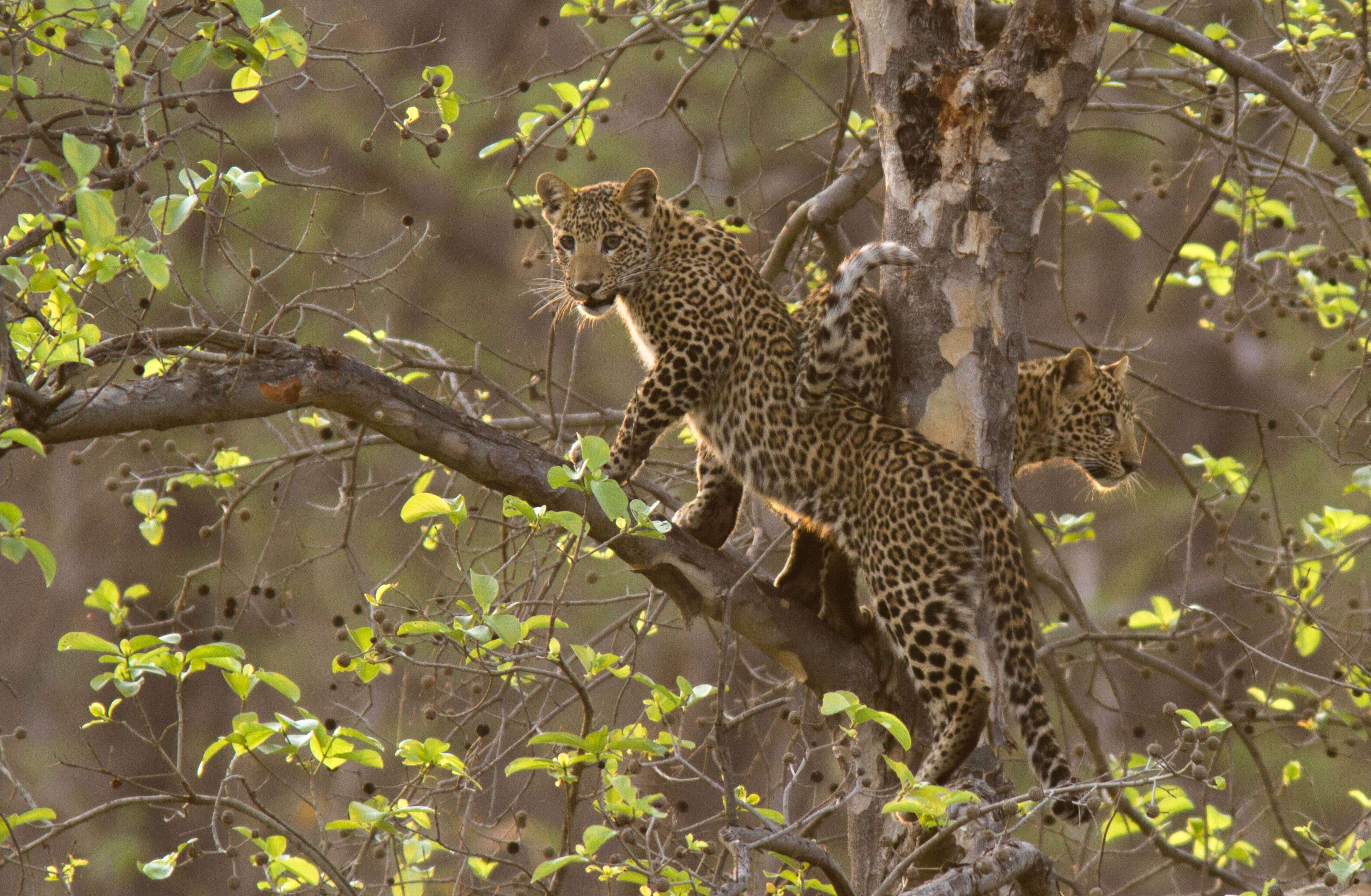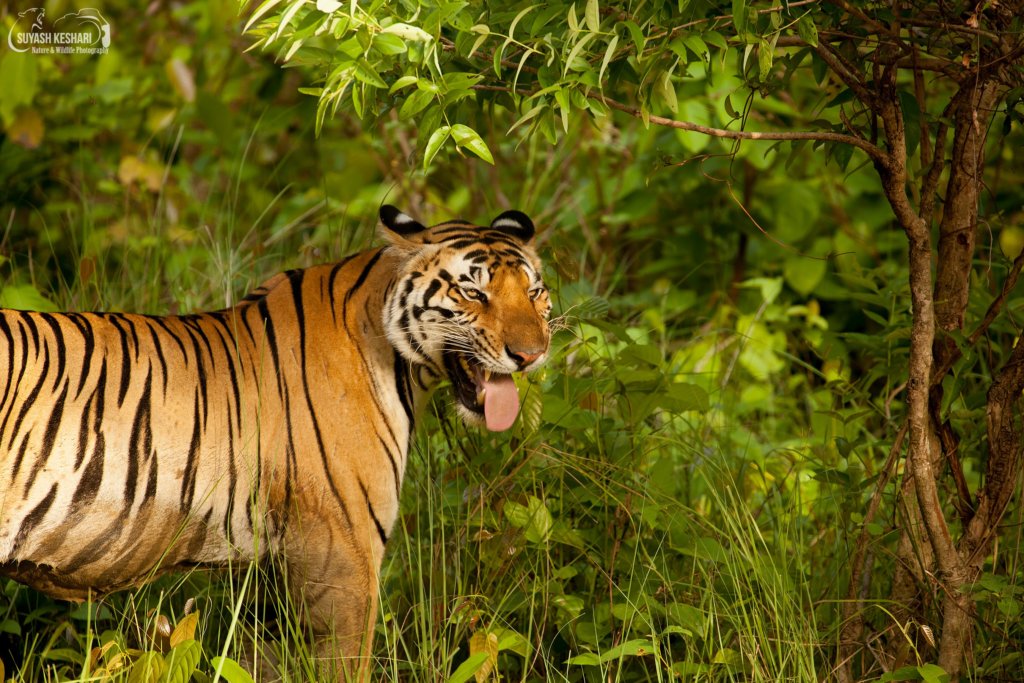India has a variety of geographies and climes with vast forest covers to support a stellar collection of bird species, both migratory and local birds. Starting with forests on the Himalayan foothills to southern tip on Deccan peninsula, the varied biomes, India has unparalleled. Nearly 1300 species of birds are found across India making it an ornithologist’s paradise.
As the old adage goes, what we love, we protect. With recent thrust upon wildlife conservation and the necessity of all species for the healthy functioning of ecology has brought into sharp focus the need for educating and familiarizing young minds to the wonders of nature at large and avians in particular.
In our times of information and sensory overload leading to mental and learning disorders in our children such as ADHD, a lot of scientific studies have come to similar conclusions on the benefits of spending time away from civilization, amidst nature.
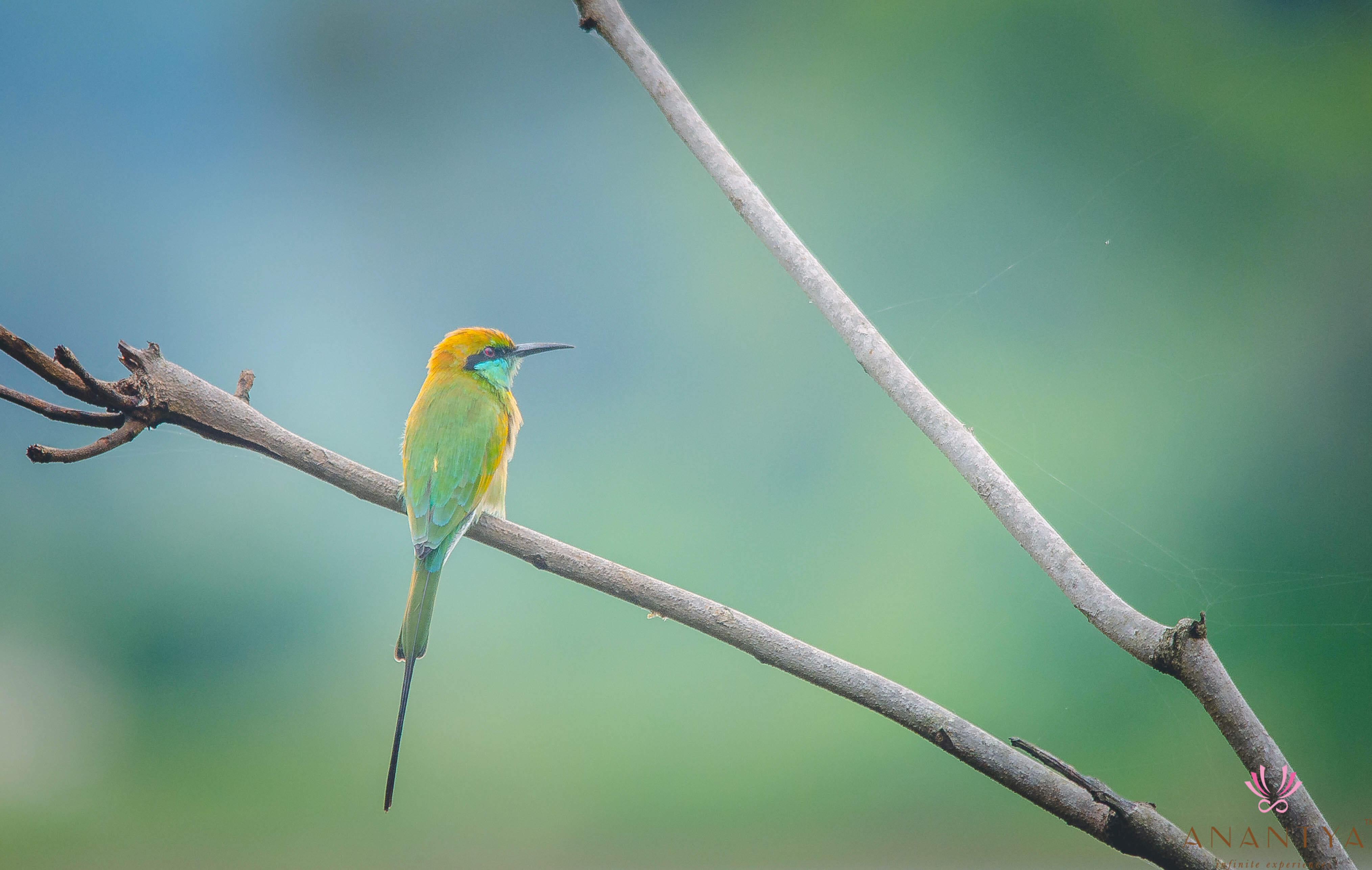
We have a few out of the box suggestions for summer activities, away from the crowds of cities and the unhealthy fixation to screens and gadgets. Observing birds, animals and plant life in nature hones many skills in children with ease and joy. For instance, trying to spot a bird will teach them patience, keeping silent so as to not disturb the birds helps with self-control. Recognizing bird songs will sharpen listening skills and also build an appreciation for the intelligence and communication skills of various birds.
Understanding human intervention into nature and how it is affecting habitats of birds and their population might imbibe a responsibility for conservation among the next generation.
Observing and studying migratory patterns teaches about climate patterns, seasons, geography and interestingly a lot of math as one makes a study of V shape pattern of geese flying overhead to the almost chaotic swarms of starlings at dusk might even inspire the love for higher mathematics.
Red Coral partners have always pioneered sustainable travel and found that educating travellers about the intricate relationships among the flora and fauna helps ignite a love for everything nature. Towards this end, our jungle lodges and retreats, predominantly located in the lush woodlands of central India have highly motivated and expert naturalists who have put together programs for children and families alike to create the most awareness along with having a lot of fun.
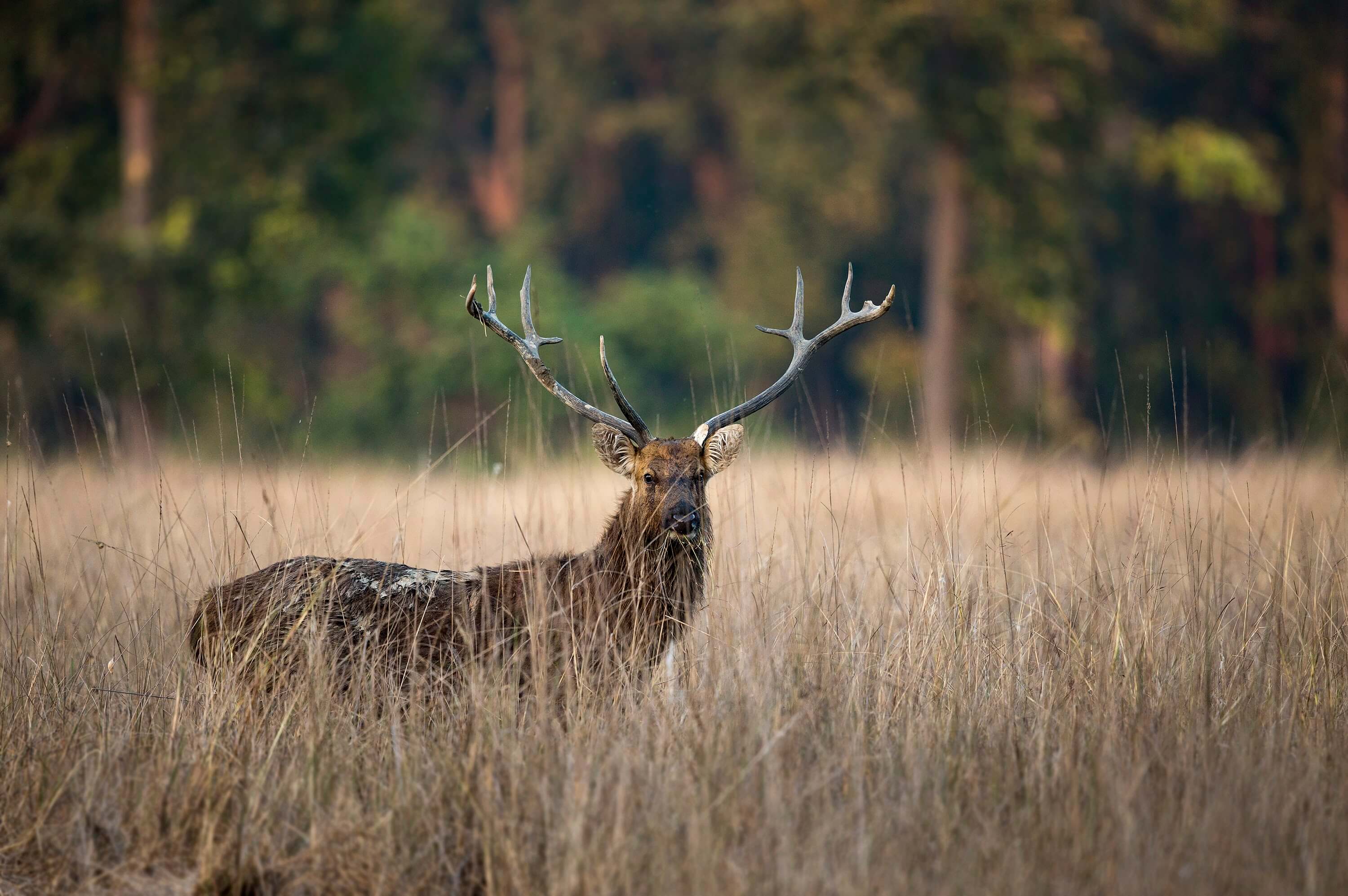
The Junior Rangers Program conducted by Forsyth Lodge is a 3-day certificate program wherein children spend two hours a day with the naturalists and see the wilderness come alive. Kids will also be taught use of equipment such as camera traps, field guides, identification of different species of animals and birds, their tracks, along with basics of ecology. Of course, the basics of nature photography to help document their observations is a basic skill that will be taught along with making field notes and sketches.
The ancient forests near Bhopal, Satpura National Park is where Forsyth Lodge stands tall with its fine pedigree of naturalists and passionate hospitality based on sustainability. The vertical scarps are home to numerous species of birds, more than 300 species have been spotted here. Pied kingfisher, Grey heron, River Lapwing, Lesser-whistling ducks, Little-ringed plover, Black Drongo, Long-tailed Shrike, Flameback Woodpecker among others have made Satpura their home.
Set in the buffer forest of Kanha, Singinawa Jungle Lodge is in itself a regularly visited refuge for much of Kanha’s wildlife as it merges with the jungles to the east while the Tannaur River protects and beautifies its western limits with a perennial flow of water. The main agenda of the Young Rangers Program conducted by Siniginawa is to give children a holistic perspective about the wild, the benefits of conserving and preserving, the local tribes and clans of Kanha, their ways of life. The program not only includes theory sessions but also involves jeep safaris in the core area, walks and cycling in the buffer forest, an interactive session with local Gond artists and a village visit. Children are pampered with a varied range of food and a range of books from the library.
The more ubiquitous and equally enthralling presence apart from the tigers is the avifauna with their infinite hues and plumage in the jungle that inspired Kipling’s epic, Kanha in Madhya Pradesh, home to Indian Roller, Green Bee-Eater, Brown-headed Barbet, Indian Golden Oriole among others. Singinawa Jungle Lodge with its team of expert naturalists is the ideal place to explore the canopy and bush dwellers.
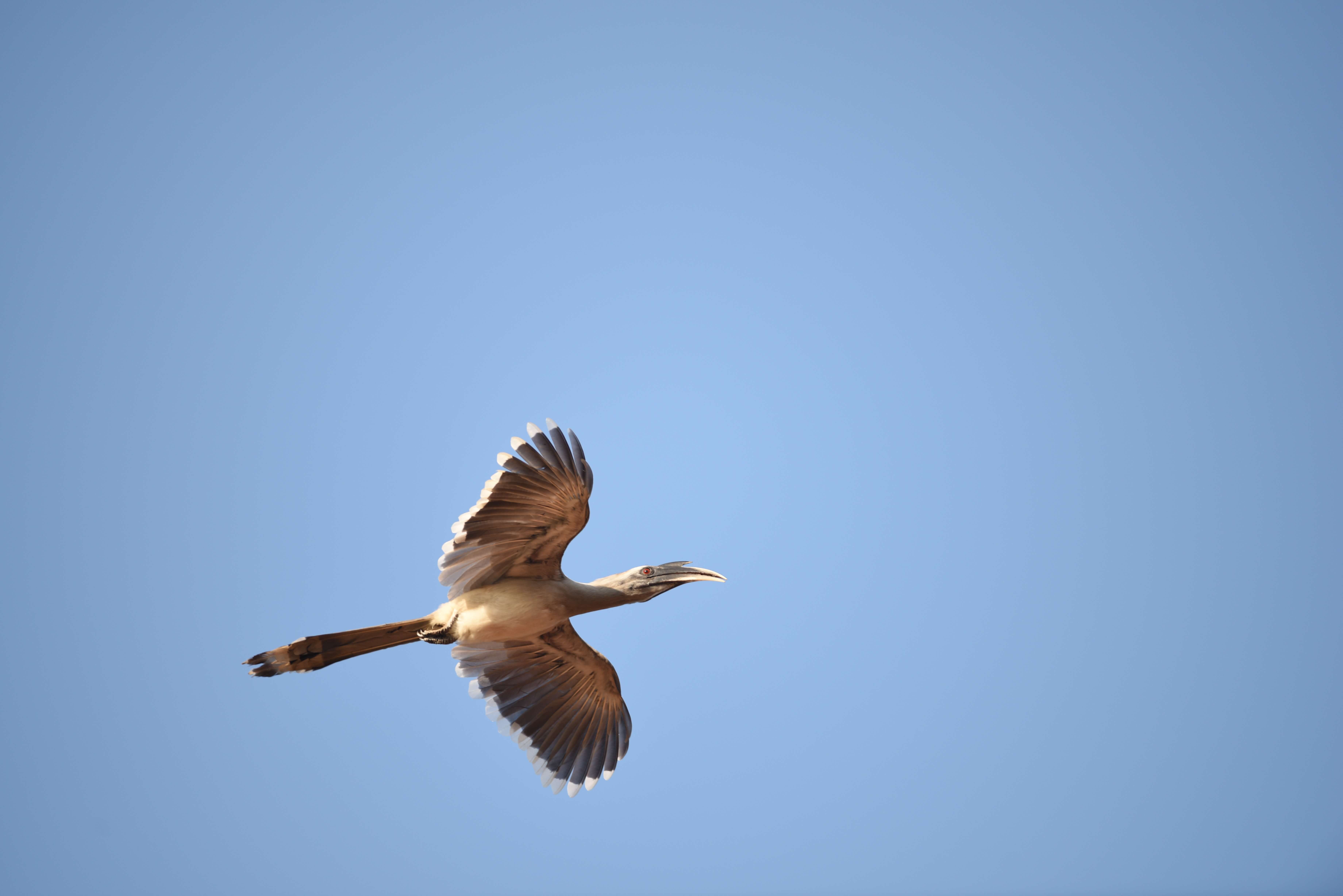
Bamboo Forest Safari Lodge conducts the Young Naturalists program where apart from educating children about the animals and birds, they are taught about the native trees of the forest and are made to plant a sapling, creating a bond with the forest that will live forever with the kids even as they grow into empathetic nature loving adults!
River Andhari, the lifeline of Tadoba National Park sustains nearly 200 species of birds including three on the endangered list (the grey-headed fish eagle, the crested serpent eagle, and the changeable hawk-eagle). Tadoba is one of the finest birding destinations in Maharashtra with dense forest zones, bamboo zones, grasslands, and wetlands that suit both the forest and the wetland birds. The bird experts at Bamboo Forest Safari Lodge, Tadoba are your perfect wingmen to introduce you to these winged beauties.
All our partners are highly professional and seasoned hospitality and wildlife experts with decades of experience in providing a safe environment for all the guests. The standard of hygiene and sanitization is on par with any world-class facility. Being away from the urban centres, forest and jungles lodges are generally safe from endemics and pandemics making them safe zones for children to indulge in a summer of great fun along with learning.
